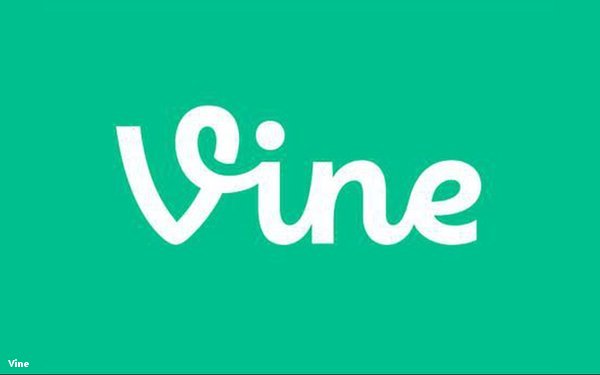
Ten months after Twitter shut down
video app Vine, the service may be heading for a comeback.
In 2013, years before six-second ads proliferated on YouTube and ran during NFL games, Vine pioneered a simple concept:
creators could make six-second videos that would loop together. Users could then share those videos through Vine or on other platforms like Twitter or Facebook.
Vine co-founder
Dom Hofmann tweeted last month that he was “going to work on a follow-up" as an outside project. This week, he shared the message “v2,” with an image of the Vine logo next to the
number “2.”
Hofmann had not responded to a request for more information as of this writing.
Vine never caught on as a video platform in the way
YouTube has, but its legacy lives on in the six-second ads that have become commonplace as pre and mid-roll ads on digital videos -- and, more recently, as ultra-short commercials on TV.
It also lives on through some of the creators that took to the service, like Logan Paul and Jerry Purpdrank, many of whom have gone on to become popular YouTube creators, and in some cases TV
actors.
Much as Twitter forced brevity on its users by restricting the number of characters to 140 (or more recently 280), Vine did the same for video.
Six seconds may not sound
like enough time to create a compelling video, but many creators and brands soon learned that it was more than enough time to get a story or message across.
“It turns out you can tell
great stories in six seconds. You don’t need thirty,” Business Insider co-founder and CEO Henry Blodget said in his 2017 Future of Digital presentation, which he delivered last
month.
“I would respectfully submit that you can do a lot with six seconds, and these solve a lot of the problems with digital advertising: You want to put it everywhere, you want to be
able to scale it, you want to be able to reuse assets," Blodget added. "Ultimately, as the industry embraces this maybe we will finally have a native digital ad.”
The details of V2
remain murky. Vine’s six second limit was arbitrary (Hofmann told NPR after its launch that five seconds felt too short and 10 seconds too long), but it has clearly had an impact on digital
video and advertising.
Whether V2’s offering can deliver the same level of creativity, while allowing for a service that can succeed where Vine failed in terms of the raw
number of users, remains an open question.